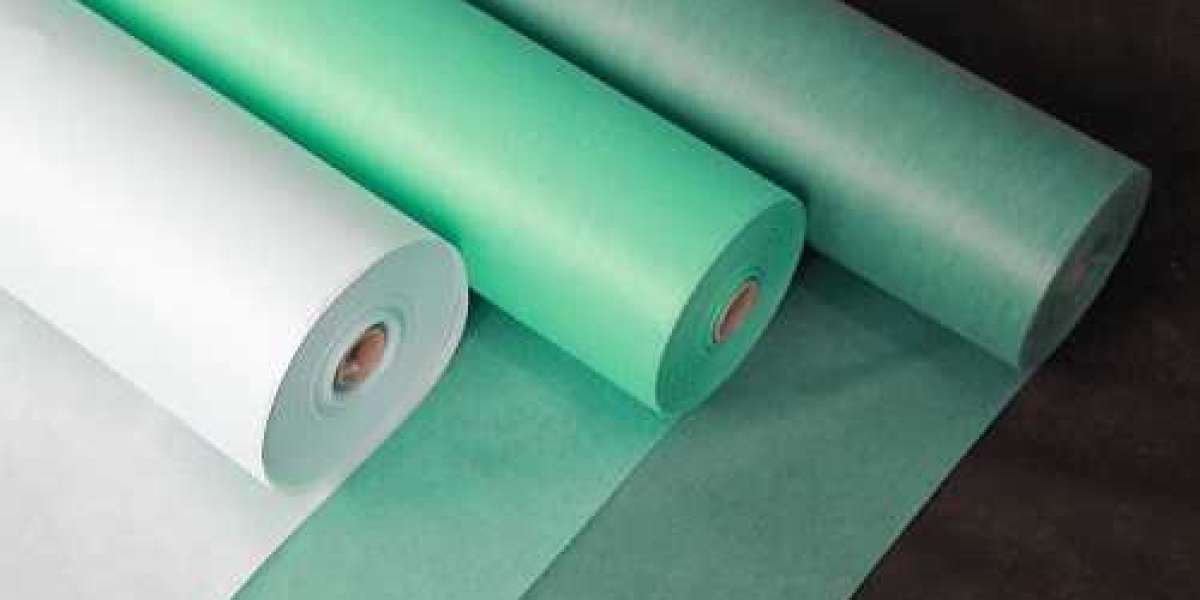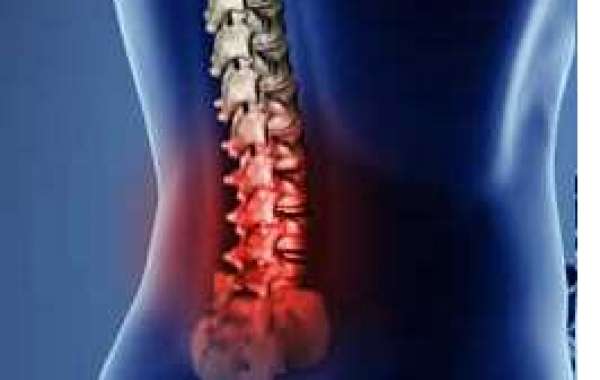Nonwoven medical fabric has brought a significant revolution to the field of healthcare, offering remarkable advantages and transforming various medical practices. This innovative fabric is created using synthetic fibers that are bonded together, eliminating the need for weaving or knitting. In this article, we delve into the composition, benefits, and applications of non woven medical fabric, highlighting the profound impact it has had on the healthcare industry.
Composition and Structure of Nonwoven Medical Fabric
Nonwoven medical fabric is primarily composed of synthetic fibers, including polypropylene, polyester, and polyethylene. These fibers are bonded together using different methods such as heat, pressure, or chemicals, resulting in a fabric-like material. The structure of nonwoven medical fabric can be customized to achieve varying thicknesses, textures, and finishes, depending on the specific application requirements.
Advantages of Nonwoven Medical Fabric
- Sterility: Nonwoven medical fabric is produced in a controlled environment, ensuring its sterility. This makes it ideal for use in medical applications where maintaining cleanliness and preventing the spread of infections are crucial. Additionally, the fabric's structure inhibits the growth of bacteria, promoting a hygienic surface.
- Barrier Properties: Nonwoven medical fabric offers exceptional barrier properties, effectively preventing the transmission of microorganisms and other contaminants. It serves as a reliable shield, making it suitable for use in protective clothing such as surgical gowns, masks, and caps, safeguarding both healthcare professionals and patients from infectious diseases.
- Breathability and Comfort: Nonwoven medical fabric allows air to pass through, ensuring breathability and comfort for the wearer. This attribute is particularly important in wound dressings, where the fabric should not impede the natural healing process or cause discomfort to the patient.
- Absorbency and Moisture Management: Nonwoven medical fabric can be engineered to possess high absorbency and moisture management capabilities. This is beneficial in products such as wound dressings and diapers, where the fabric quickly absorbs moisture and promotes a dry and comfortable environment.
- Cost-Effectiveness: Nonwoven medical fabric offers a cost-effective solution compared to traditional woven or knitted fabrics. The manufacturing process for nonwoven fabric is efficient, allowing for mass production at a lower cost. This makes it a viable option for disposable medical products, reducing the risk of cross-contamination in healthcare settings.
- Environmental Considerations: Nonwoven medical fabric can be manufactured using recyclable materials and has the potential to be biodegradable, minimizing its environmental impact. This is particularly significant in the healthcare industry, where sustainability and waste reduction are becoming increasingly important considerations.
Applications of Nonwoven Medical Fabric
Nonwoven medical fabric finds extensive applications in various areas within the healthcare industry, including:
- Personal Protective Equipment (PPE): Nonwoven medical fabric is extensively used in the production of PPE, including surgical gowns, masks, gloves, and shoe covers. The fabric's barrier properties and comfort make it a vital component in protecting healthcare professionals during procedures and preventing the spread of infections.
- Wound Care: Nonwoven medical fabric is utilized in wound dressings, adhesive tapes, and bandages. The fabric's absorbency and moisture management capabilities play a critical role in maintaining an optimal environment for wound healing.
- Medical Bedding: Nonwoven medical fabric is employed in the production of bed linens, waterproof mattress covers, and pillowcases. The fabric's breathability, softness, and resistance to bacteria contribute to maintaining hygiene and patient comfort.
- Surgical Drapes: Nonwoven medical fabric is essential in the creation of surgical drapes, providing a sterile barrier between the surgical site and the surroundings. The fabric's drapeability, strength, and non-linting properties enhance surgical procedures by preventing contamination.
- Disposable Medical Products: Nonwoven medical fabric is incorporated into a wide range of disposable medical products, including wipes, swabs, and absorbent pads. The fabric's versatility and cost-effectiveness make it an optimal choice for single-use items that require high levels of hygiene and functionality.
Conclusion
Nonwoven medical fabric has significantly influenced and transformed healthcare practices by offering unparalleled advantages. With its sterility, barrier performance, breathability, and cost-effectiveness, nonwoven medical fabric has become an indispensable component in personal protective equipment, wound care products, medical bedding, surgical drapes, and disposable medical items. As the healthcare industry continues to evolve, nonwoven medical fabric will continue to shape and enhance healthcare practices, ensuring the safety, comfort, and well-being of patients and healthcare professionals.








